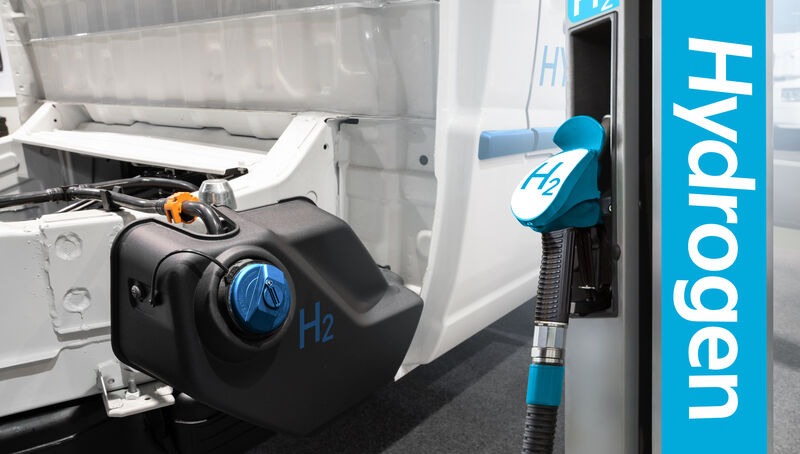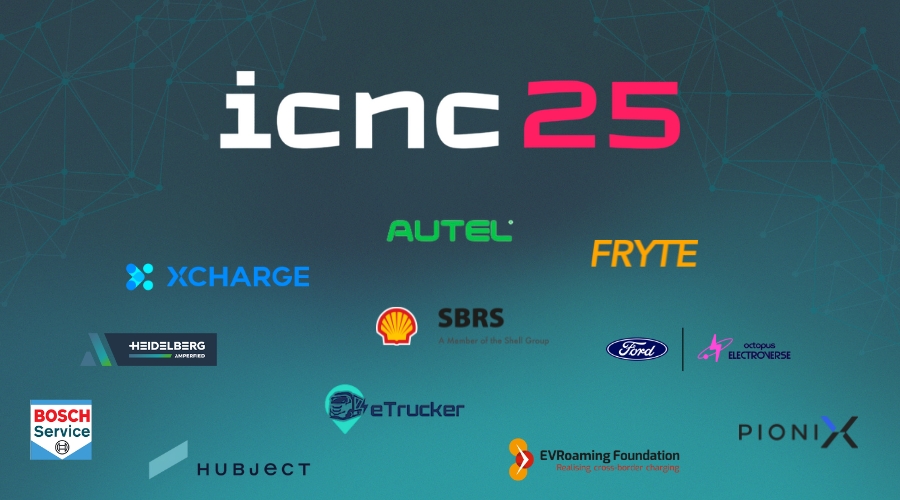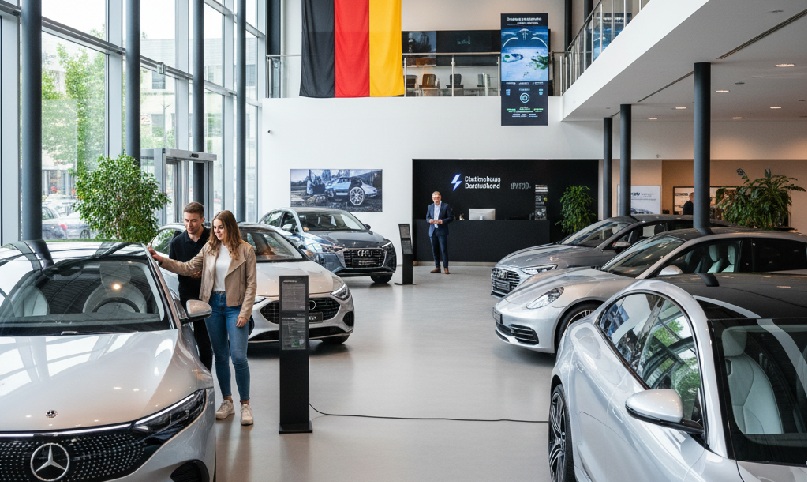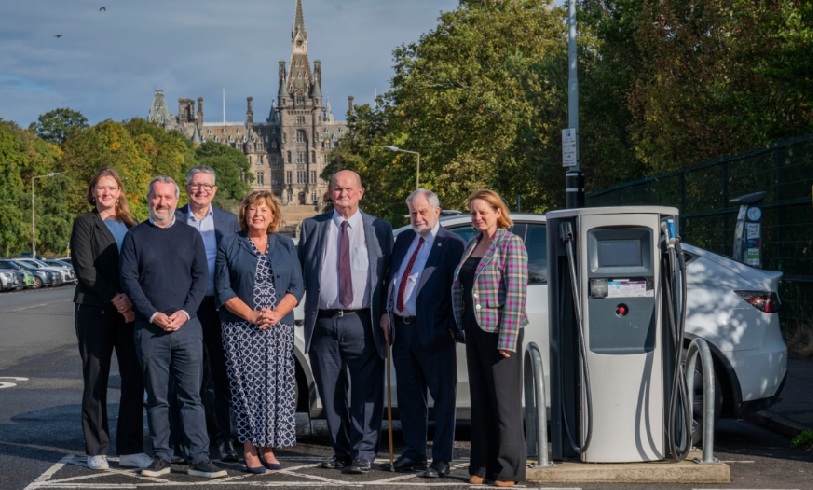“For mass adoption of green hydrogen vehicles, we must ensure that refuelling stations are available,” says Mike Petch, Strategic Technology Director for Fuel Cell in Johnson Matthey, in an interview with Mobility Portal Europe.
The lack of refuelling infrastructure today presents one of the biggest obstacles to the adoption of fuel cell vehicles (FCEVs) in Europe.
According to the executive, this barrier will not be overcome without government support.
“Stations will not be commercially viable until there are enough vehicles on the roads,” he explains.
In this regard, he adds: “We need governments and the European Union to stimulate investment such that they become economically sustainable on their own.”
Petch emphasises that the challenge lies in resolving the chicken-and-egg cycle regarding infrastructure and vehicle demand.
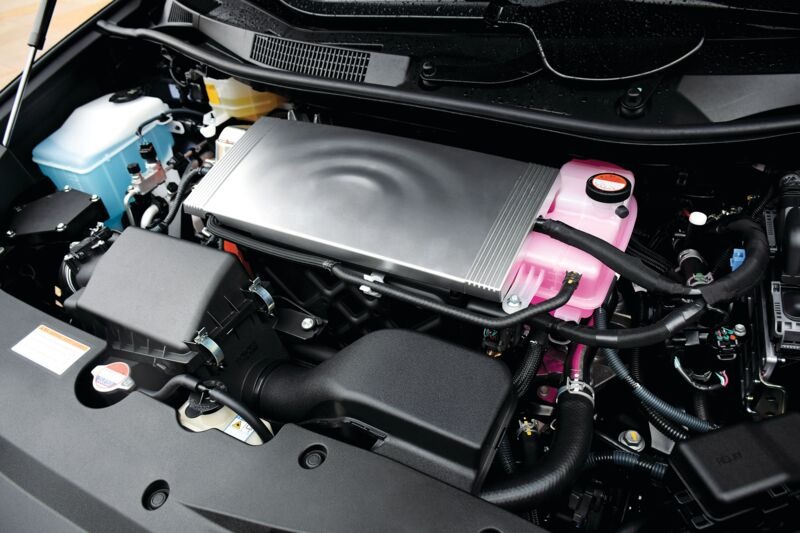
The reality is that consumers do not purchase FCEVs due to uncertainty about the availability and accessibility of refuelling.
This situation is reminiscent of the early days of BEVs when charging stations were scarce, but with a key difference: unlike electric cars, hydrogen cannot be refuelled at home.
That is why, for hydrogen vehicles to become a reality, it is essential to have sufficient refuelling stations throughout Europe.
In this context, the Alternative Fuels Infrastructure Regulation (AFIR), which has been in effect since April 2024, sets binding targets for the implementation of these stations at all urban nodes and every 200 km along the Trans-European Transport Network (TEN-T) core network by 2030.
Additionally, the European Commission has allocated funds through the Alternative Fuels Infrastructure Facility (AFIF). In the latest funding round, 33 million euros was committed.
However, organisations such as Hydrogen Europe point out that, although these investments are a positive step, financial support is still insufficient to meet the sector’s needs.
In terms of policies, Johnson Matthey remains optimistic about green hydrogen initiatives, though it highlights the need to implement them on a large scale.
“There are other areas where governments can also help: we need hydrogen generation. It’s not just about a refuelling station, we need to produce it,” he adds.
In this regard, Petch also highlights the possibility of legislating a mechanism to sell surplus hydrogen, in case it is not used by vehicles, and introduce it into the natural gas system.
How does Johnson Matthey approach the future of sustainable mobility?
For the company, the transition to a zero-emission future is more than just a goal: it is the essence of its mission.
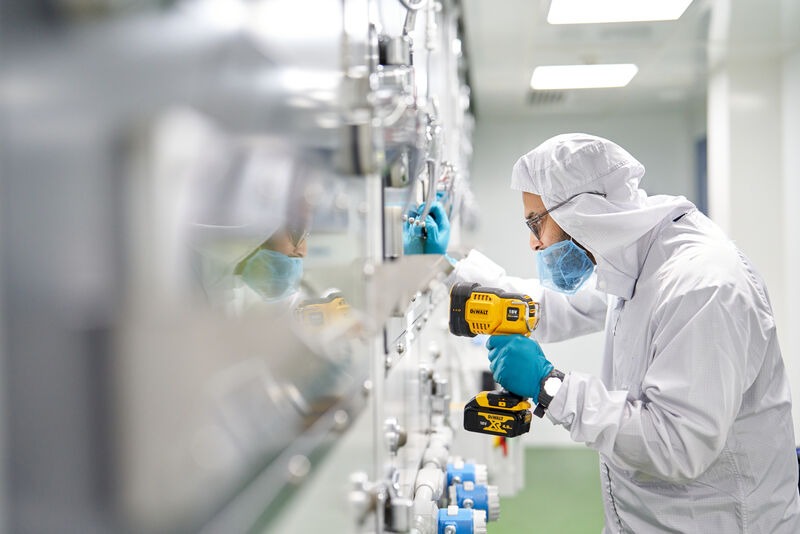
With over 200 years of experience, the company is a global leader in sustainable technologies, using advanced metal chemistry to address the world’s greatest challenges.
Since its inception, it has played a key role in reducing emissions and improving sustainability across various industries, including energy, chemicals, and automotive.
The company develops catalyst coated membranes used in vehicle fuel cell systems, alongside electrolyzer components for generating clean hydrogen.
“Rather than just selling a component, we work closely with original equipment manufacturers (OEMs) to provide customised solutions that optimise the entire system,” says Petch.
Johnson Matthey develops innovative technologies, such as cell reversal tolerance, which mitigates fuel cell degradation under adverse conditions.
“Our work is to understand these issues and provide solutions that extend the life of the components,” adds the executive.
Another aspect of their portfolio surrounds their advanced catalyst technology, made from platinum group metals, which enables emission control solutions, and optimises chemical processes.
Johnson Matthey is also actively involved in the Global Hydrogen Mobility Coalition, an international initiative that advocates for a phased strategy in the deployment of hydrogen infrastructure.
In response to the limited availability of refuelling stations, the coalition proposes starting with heavy-duty vehicles, such as lorries and buses, whose operation ensures high station utilisation from the outset.
Once this base load is established, the enabled infrastructure is expected to facilitate the adoption of light-duty vehicles, allowing the private car market to expand from an already established and functional network.
DISCOVER MOBILITY PORTAL DATA
Discover Mobility Portal Data, a new exclusive market intelligence platform offering reliable data and key reports to support smart decision-making across the automotive sector — covering both combustion and electric vehicles, as well as charging infrastructure.
Research, trend analysis, and neatly organised statistics presented with clarity and precision, alongside up-to-date insights — all just one click away.
With Mobility Portal Data, good decisions are on the horizon.
READ MORE
-
ICNC25: These are the E-Mobility innovations that shaped the event in Germany
With a record attendance of 8,500 industry specialists, the Intercharge Network Conference (ICNC25) proved to be a key meeting point where e-mobility companies unveiled new products and announced strategic partnerships.
-
Special depreciation scheme for EVs in Germany not restricted to new vehicles only
Although the wording of the law explicitly refers to “newly acquired vehicles”, some comments from politicians and the specialist press had suggested that the depreciation might apply only to brand-new vehicles that have never been registered before.
-
Scottish Government gives £6.3m to 8 councils to boost public charging infrastructure
The funding will support the installation of 1,770 additional public charging points. This is the final award from the Scottish Government’s £30m Electric Vehicle Infrastructure Fund.





